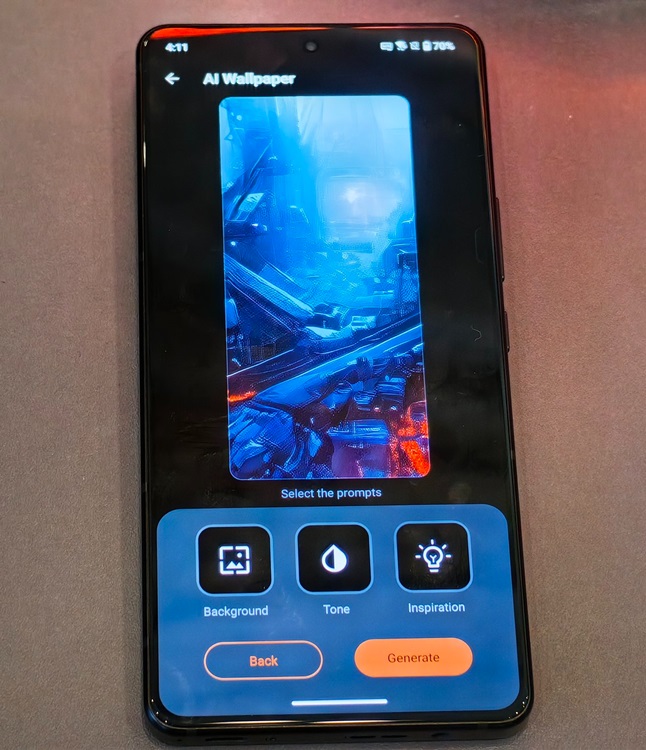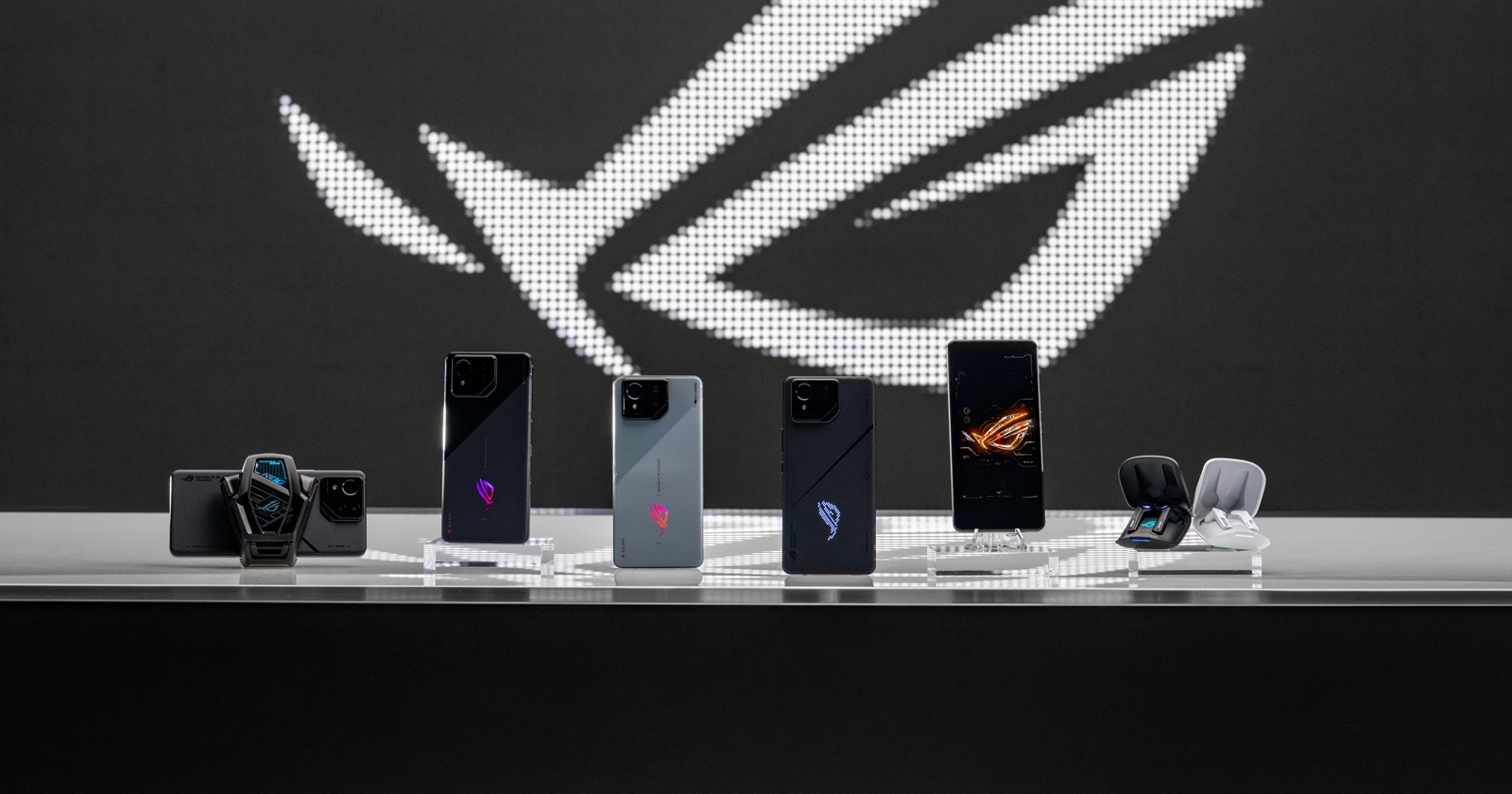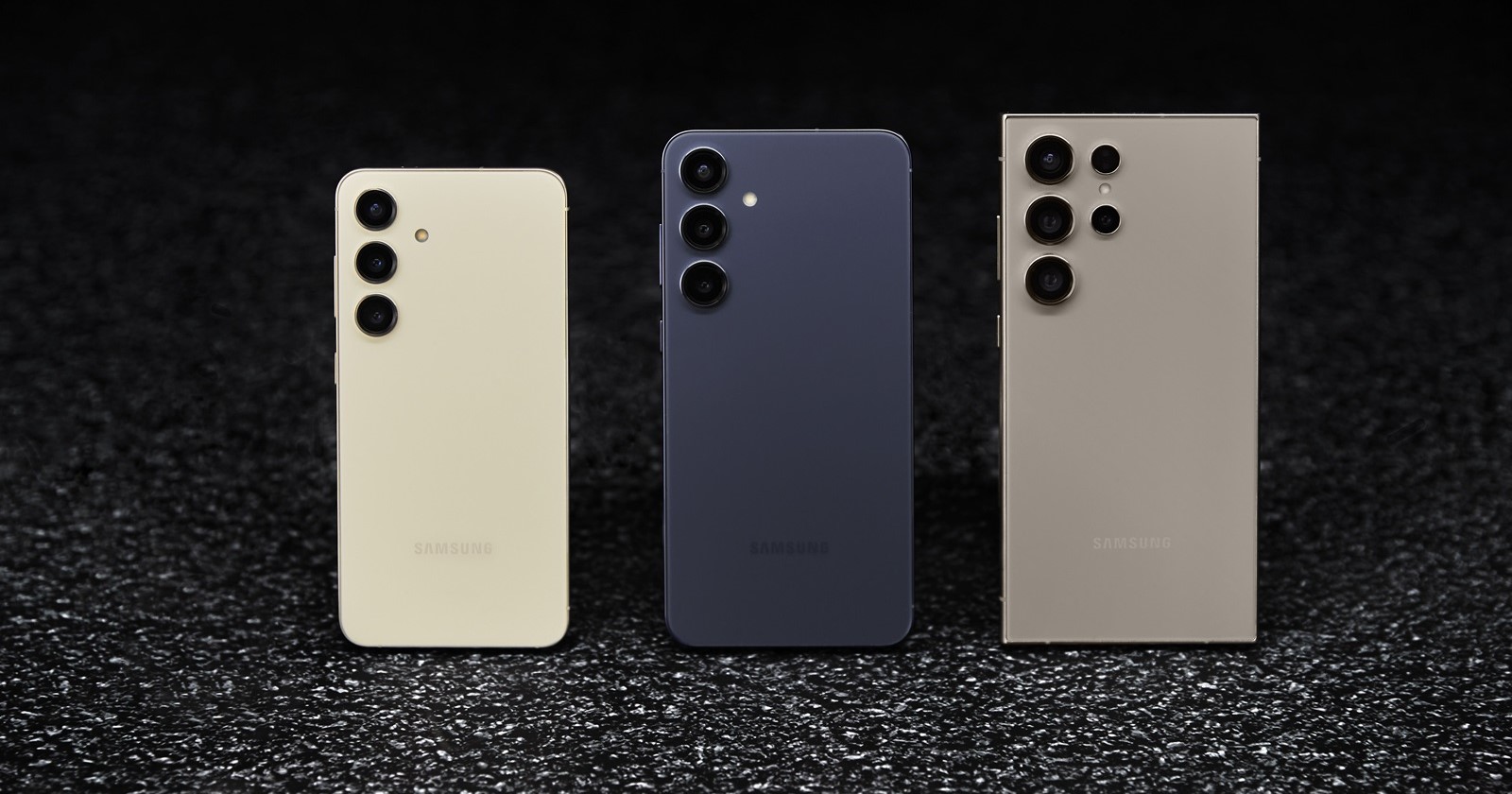The ROG Phone 8 has an AI wallpaper feature like the Pixel 8 series, but unlike Google's version, this runs totally on-device. It runs a Stable Diffusion model on the Snapdragon 8 Gen 3. Here's a demo! pic.twitter.com/fIqozXXgXB
— Mishaal Rahman (@MishaalRahman) January 9, 2024
There have been mixed reactions about the new Asus ROG Phone 8. The company’s departure from the typical gaming phone to what now appears like a mainstream smartphone is particularly intriguing. But that aside, the ROG Phone 8 is packed to the brim with gaming-centric hardware as you’d expect, but there are also some little nifty software tricks under the hood that caught my attention.
Watching the early reviews, I was blown away by the “invisible” screen on the back that you’ll never notice when turned off. But once you enable Anime Vision via Armoury Crate > Console, it springs to life. The best part of it is how customizable it is. The display can show you all kinds of things with animated icons, be it notifications for calls, texts, emails, reminders, charging status or even logos without turning over your phone to check the screen. But there’s one more trick you’re going to like.

Just like the Google Pixel 8 and Pixel 8 Pro, the ROG Phone 8 also supports generative AI wallpapers. Since it’s a feature baked into Android 14, you’d expect it to work the same way as the Pixel 8. While this is true for the most part, there’s one key area where the Pixel 8 loses the battle as revealed by Android expert Mishaal Rahman.
Unlike the Pixel 8, which relies on Google’s cloud computers to cook up your wallpapers (meaning you need an internet connection), Mishaal says the generative AI wallpapers feature on the ROG Phone 8 runs the process on-device. That’s right, no lag, no waiting, just instant gratification for your wallpaper cravings. This on-device magic translates to lightning-fast generation times, making the ROG Phone 8 feel like a wallpaper wizard compared to the Pixel 8’s slightly sluggish cloud-based approach.
Below is a video demo shared by Mishaal on X:
This adds to the ongoing debate between on-device and cloud-based AI processing on smartphones, where the Pixel 8 has come under scrutiny for favoring the latter over the former. The Tensor G3 is generally viewed as a weaker chipset compared to the Snapdragon 8 Gen 3 that powers the ROG Phone 8 in terms of raw power, and hence can’t handle some AI tasks on-device. This cloud-based processing explains why Pixel 8 Pro users are dealing with absurd processing wait times with Video Boost. While Samsung has also included generative AI wallpapers in the Galaxy S24, it’s still unclear whether it happens on-device or in the cloud. Although the fact that you must accept Google’s generative AI terms of service to use the feature on the S24 hints at the latter. Either way, it will be interesting to see how companies handle the new age of AI.
Remember, competition breeds innovation, and this AI wallpaper battle is just heating up. Both Pixel, Samsung and Asus are already pushing the boundaries, which makes me really excited to see what will come from Chinese vendors like Xiaomi, OnePlus, Oppo and Vivo.
Meanwhile, you can check out this article on how to generate AI wallpapers on your Google Pixel phone.
Featured image: Asus



